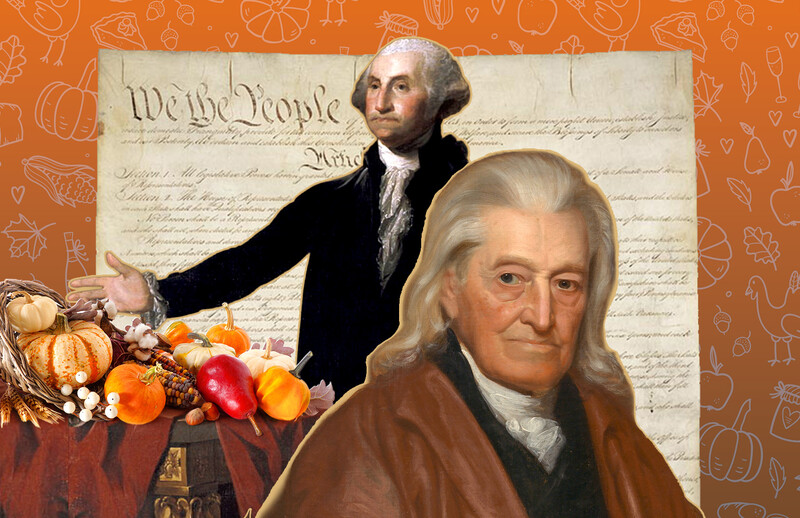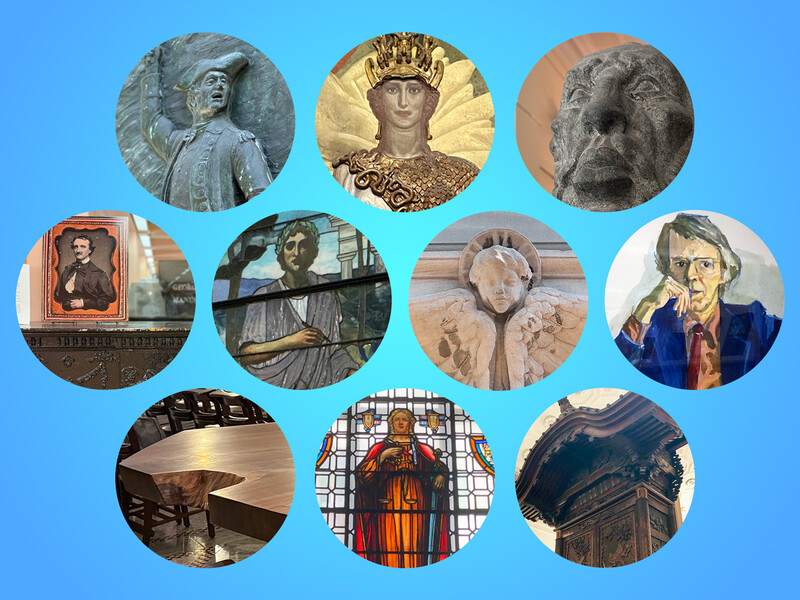It remains the most famous duel in American history, an affair of honor that ended the life of one of Columbia’s greatest sons. On July 11, 1804, in a secluded glen in Weehawken, New Jersey, Aaron Burr shot Alexander Hamilton.
Two hundred years later, on a stiflingly humid morning, descendants of the two men reenacted the event to great fanfare.
Hamilton, who attended King’s College from 1774 to 1776, is in vogue now, the subject of a recent, critically acclaimed biography by Ron Chernow and a widely publicized exhibition at the New-York Historical Society, which runs through February. For the Hamilton family, then, the reenactment provided yet another chance to focus on its ancestor’s achievements.
Burr remains history’s outcast, his name blackened in school texts, his cause championed by a small few. So for his descendants the event provided a chance to shed light, clear the air, and perhaps to make their own peace with history. And for a small waterfront town in the shadow of America’s largest city, it provided a little piece of the spotlight even as it afforded the rest of us a glimpse into the past.
Site Unseen
While the record is not entirely clear, one can confidently say that at the original duel there were not 1,500 spectators on hand. Weehawken’s location shielded what was an illicit and obsolescing, if not completely uncommon, activity. There were certainly no portable toilets, no police directing traffic,
no volunteer first-aid squad, no television cameras, no family members in identical red T-shirts, no passing joggers.
Neither Hamilton nor Burr spoke with the Associated Press (via cellular telephone, no less) — nor did Hamilton autograph $10 bills, which in any event would not bear his likeness until 1933.
But in the twenty-first-century version, a speaker system had been set up, and the voices of two narrators filled the air. In deep, rich tones they set the scene, reviewing at considerable length the events that had brought the two men to this field.
Meanwhile, Douglas Hamilton and Antonio Burr rowed across the Hudson with small crews of oarsmen, landing their boats on a weed-choked patch of shoreline. They looked every bit the part in period garb — long coats (Burr’s blue, Hamilton’s gray), high boots, breeches — and the ponytails that we see in American history texts.
The men marched in, and the crowd got serious in a hurry. Craning to see, onlookers murmured as Burr and Hamilton took their places on the dueling platform. This was what they had come for.
Even amid the hype and hoopla, the event had the air of truth about it.
One could gaze across the Hudson back at Manhattan, and imagine an island closer to its native state, shorn of its skyscrapers, dom- inated by the small settlement at its southern tip. One could look to the northwest, past the helix of road leading to the Lincoln Tunnel, and visualize the verdant forest that once dominated, broken by the clearing of the dueling grounds.
One could imagine the anxiety the men must have felt, perhaps regretting that it had come to this.
Inevitable Clash
From vastly different backgrounds, both Burr and Hamilton became soldiers in the Rev-olutionary War, the latter an aide-de-camp to General George Washington, the former a hero in the Battle of Quebec. At war’s end both made their way to New York, where both worked as lawyers.
Hamilton, still Washington’s confidante, rose in the Federalist Party to become secretary of the treasury. Seeking support for his economic programs, he maneuvered for his father-in-law, Philip Schuyler, to win election as a senator from New York. But Burr’s charm, his skill in raising money, and his political know-how carried the day and won the seat.
It was perhaps inevitable that these men of ambition would clash over the years. Rightly or wrongly, Hamilton saw in Burr an unprincipled man interested in personal gain rather than the good of a new nation, and said as much to anyone who would listen. When in 1800 the House of Representatives had to choose between Thomas Jefferson and Burr as the nation’s third president, Hamilton broke with his party to oppose his rival, bitterly and vocally.
Four years later, Burr sought the governorship of New York, again drawing Hamil-ton’s fire. Over a decade and a half, Hamilton opposed Burr at every turn, campaigning against him for senator, costing him the presidency, smearing him, and ultimately destroying his reputation. It was more than Burr could take; Hamilton had to be called to account.
In the politics of personal character that defined the time, Burr had one recourse. Dueling was the ultimate tool for rebuilding one’s reputation. Being at least theoretically willing to die over a point of honor underscored the seriousness of the matter. In practice, there were usually many opportunities to resolve a dispute before it reached the dueling grounds. Shots were seldom exch-anged. And indeed, while his oldest son had died in a duel in 1801, Hamilton himself had engaged to some degree in 11 previous “affairs of honor” without ever actually taking up a pistol.
Presented with opportunities to make the necessary apologies to Burr, however, Hamilton refused. And so the men made arrangements to meet in Weehawken.
Ten Paces Toward History
“I will face toward the river,” Hamilton said.
Burr took his place opposite. The men drew, Hamilton apparently aiming his pistol in the air, Burr aiming his at Hamilton. Puffs of smoke accompanied each gun’s discharge.
In 1804 Alexander Hamilton crumpled to the ground. He was taken back across the Hudson, where he would die the following day at the home of his friend William Bayard on present-day Jane Street.
Two hundred years later, Douglas Hamilton took a knee, falling into the arms of the man playing his second. Burr left first, and Hamilton was then helped away.
The reenactment was over, the crowd contemplating a little piece of history anew.
Douglas Hamilton, a fifth-great-grandson of the former treasury secretary, reflected on the event afterward. Caught up in the mo-ment, he said, “I probably went down a little harder than I intended.” The salesman from Columbus, Ohio, seemed to revel in his moment in the spotlight, posing with visitors and cheerfully answering questions. (“The ponytail is real, but the sideburns are fake,” he said. “Wait, it’s the other way around.”)
His distinguishing feature, a lantern jaw, does not remind one of the common images of Alexander Hamilton. “There is a Hamilton nose which I have a bit of,” he said. “I’m honored when people say something like that.”
Nor did he dwell on his forebear’s sad end. Recalling the man’s service as a soldier, as a founding father, and as the progenitor of the financial system, Hamilton said, “We wanted to focus on Hamilton’s life, not on his death. . . . I’ll leave it to the Aaron Burr folks to try to bring the character of their man out.”


